A Symbol of Beauty and Purity: The Regent Diamond
The Regent Diamond has been associated with French royalty for centuries yet its story begins with deceit, royal turnover, faraway travels and political interception.

Every natural diamond has an epic story behind it, and the famed Regent Diamond is no exception.
As one of the few historical diamonds to be unearthed during the late 17th century, it boasts an extensively traceable provenance. Well, mostly traceable, that is…
Upon its unearthing in 1698 from the famed Kollur Mines of southeastern India, the stone, which weighed in at 426 carats in its rough form, immediately caught the attention of multiple merchants across British-ruled India.
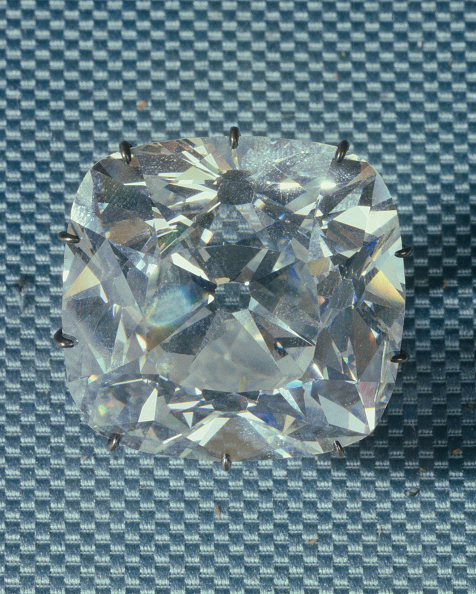
A Questionable Beginning
And here, already, the story of the natural diamond takes divergent paths: one tale says a slave found the stone and surreptitiously passed it along to the captain of a ship; another claims that the ship’s captain sailed to port where he sold the massive diamond for a measly £1000 to a local merchant by the name of “Jaychand.” Regardless of what really happened, the Regent Diamond’s next chapter is more concretely known.
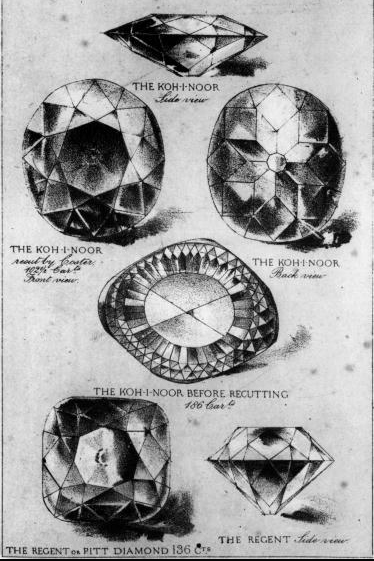
First Stop: London
In 1701, the stone was purchased by Thomas Pitt, the President of Madras (a state covering the southern territory of India). The very next year he sent the diamond to London, concealing it in his eldest son Robert’s shoe heel.
Nothing but the name “Harris” is confirmed about the jeweler there who polished the rough stone into its current form, an undertaking that took two long years. However, one glimpse of the 141 carat brilliant cushion cut diamond it transformed into proves that the time was well worth it. It’s worth noting that several smaller jewels were rumored to have been cut from the same rough and later sold to Peter the Great of Russia.
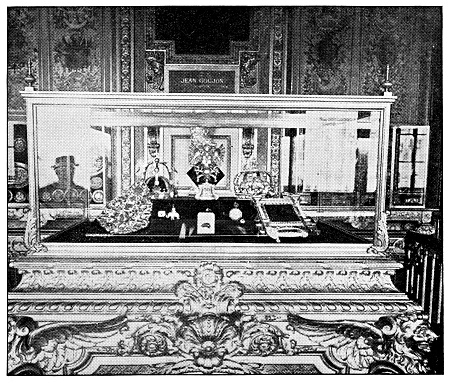
Next Stop: France—with a Layover
For several years the brilliant cushion cut stone was offered to royalty across Europe, including to Louis XIV, who had in 1699 famously purchased what became the Hope Diamond. But yet not one of the monarchs who were offered the new gleaming jewel actually purchased it. Years later in 1717, French Regent Philippe II, Duke of Orléans, finally decided to add the diamond to the crown jewels of France for the amount of £135,000. It was a nice profit for Pitt who had bought the rough himself for a rumored £20,400 less than 20 years earlier. From that point forward, Thomas “Diamond” Pitt was forever associated with the stone—and diamonds in general—, earning him the aforementioned nickname to this very day.
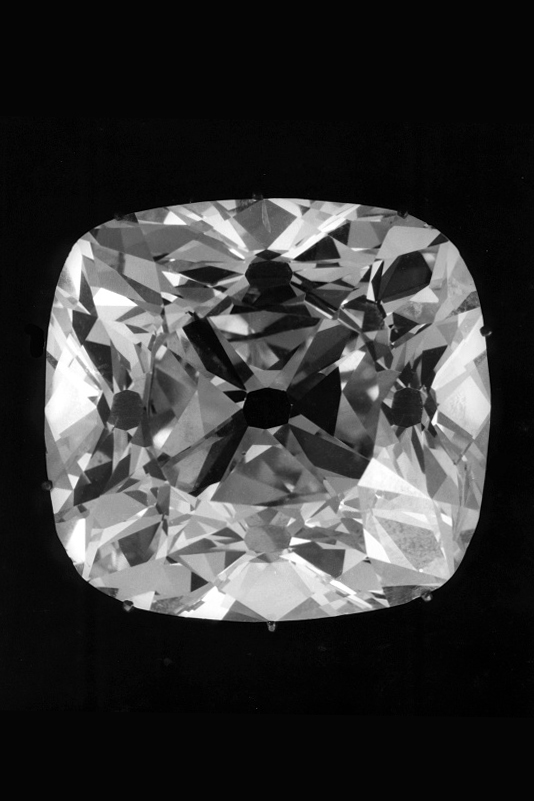
Following the transaction, the brilliant cushion cut diamond was used by the French monarchy for several very important formal occasions, making appearances at state functions, royal weddings and successive coronations. It was also set into different crowns for multiple monarchs of France, first with Louis XV in 1722, then again in 1775 for Louis XVI and even into a hat adornment for Marie Antoinette. By 1791, the stone’s value had ballooned to more than four times its last purchase price.
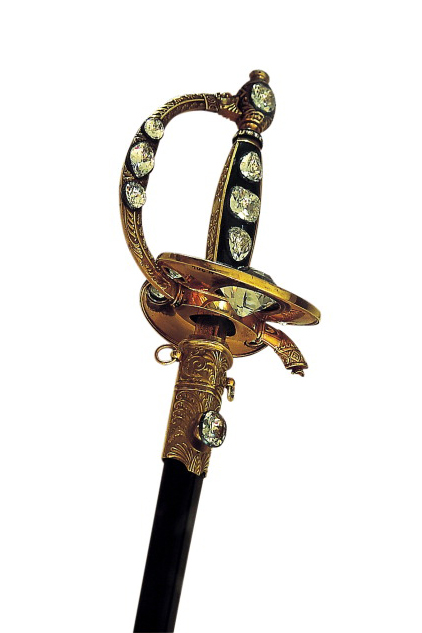
Tied Up in Politics
Soon “Le Régent” (as the stone became known in France) and the other crown jewels of France were caught up in the French Revolution and stolen. But as luck would have it, the Regent Diamond was recovered from the roof timbers of an abandoned Parisian homes attic.
From 1797 to 1801 the diamond was used as a “security deposit” to fund the new Directoire Government’s military expenses; investors from Berlin to Amsterdam held the stone against the new democracy’s national expenditures. And finally in1801, a famous emperor named Napoleon Bonaparte fully brought the ownership back into French hands.
Napoleon initially used the Regent Diamond in the scabbard (sleeve) of his sword belt, but later had it mounted into the pommel hilt) of a two-edged sword designed by jewelers and goldsmiths Odiot, Boutet and Marie-Etienne Nitot, the official jeweler to the Emperor Napoleon and the founder of the House of Chaumet. In 1812 the now infamous jewel made an appearance in a painting of Napoleon, resting atop the emperor’s ceremonial sword by Nitot.
Next, the stone made a quick jaunt over to Austria with an exiled archduchess, only to have her father return it to the treasury of the French Crown Jewels soon after. “Le Régent” was then set into multiple French monarchs’ collections successively, adorning the crowns of Louis XVIII, Charles X and Napoleon III respectively.
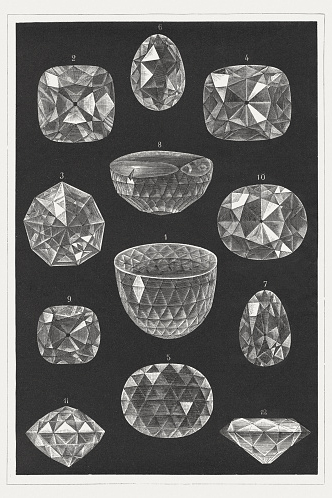
The Regent Diamond’s Finale
For the stone’s finale it was placed in a piece created especially for Empress Eugenie Napoleon III loaned it to her, but as she wasn’t permitted to wear royal jewels, she opted to place it in her hair. It was set into a Greek-style diadem that bears her name to this day. Years later in 1887, the young French Republic decided to auction off much of the crown jewels of France. Empress Eugenie’s diadem was however not placed on the auction block and instead put on display at the Louvre Museum. The only time this was ever interrupted was during the outbreak of World War II when, due to fear that the German army would loot the priceless and historical diamond along with all of the other treasures of Europe, the Regent Diamond jewel was hidden away in the French countryside town of Chambord until after the war. It remains in the Apollo Gallery to this day.
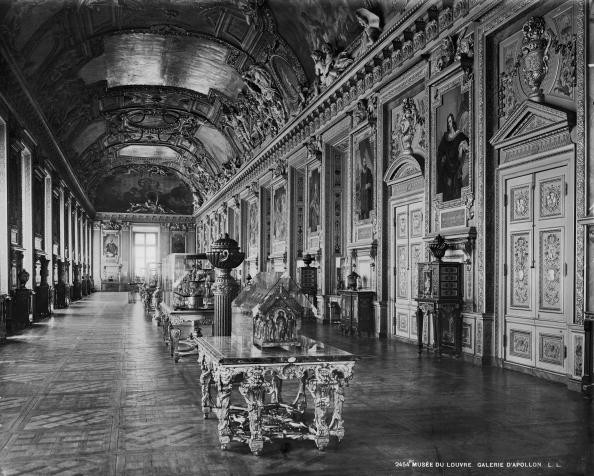
And on your next Parisian getaway, we highly recommend that you add its viewing to your itinerary.
